方案详情文
智能文字提取功能测试中
10th International Conference on Quantitative InfraRed ThermographyJuly 27-30, 2010, Quebec (Canada) QIRT1010th International Conference on Quantitative InfraRed Thermography Extending Flash Thermography Method for Thermal Diffusivity Measurementsusing Finite Pulse Widths A. Vageswar", Krishnan Balasubramaniam"" and C.V. Krishnamurthy" Center for Non Destructive Evaluation and Department of Mechanical Engineering, ” Indian Institute of Technology Madras, Chennai- 600 036, e-mail balas@iitm.ac.in Abstract It is shown that the scope of the flash method, to determine thermal diffusivity of materials, can be significantlyextended by taking into account the finite pulse widths of realistic flash lamp excitations. The pulse profiles of a commercialflash system are determined and parameterized. A series of 1D FEM simulations are carried out to establish (a) the notion ofequivalent rectangular pulse widths and (b) a universal curve that enables correction factors to be determined for thermaldiffusivity evaluation. Simulations are validated with experiments carried out with seven flash excitation pulse widths andthree materials. Introduction Infrared thermography provides an attractive practical method for thermal diffusivity measurements of a material aswell as for the non destructive evaluation of defects [1]. Parker et al [2], Philippi et al [3] and Couto et al [4] have proposedmethods to measure the thermal diffusivity by applying short heat pulses, using lasers or high speed flash lamps, on thesurface and monitoring the radiation. Parker et al [2] proposed the To.5 and the Tx methods for determining thermal diffusivityof the material in transmission mode based on a modified form of the analytical solution for 1D slab of thickness (L), thermallyinsulated at both ends of the thickness, subjected to an instantaneous heat pulse of intensity Q (wm) that is absorbeduniformly on front surface at (x=0). The temperature distribution at rear surface (x=L; transmission mode of observation) asa function of time t is given as (1) where p is the density of the material (kgm), C is the specific heat (kJkg1K) and a is the thermal diffusivity of the material(m’s1). The rear surface temperature distribution is plotted with dimensionless parameters as shown in figure 1. Fig.1. The dimensionless plot of rear surface temperature time history for thermal diffusivity measurement by Parker’s method. [2] It was found that the normalized temperature value of 0.5 is reached for a non dimensional variable ω = (n at/L2)=1.38.Hence, by measuring the time at To.5 and knowing the thickness (L) of the sample, the thermal diffusivity (a) of any materialcan be estimated. Heckman [5] and Cape [6] for the first time analyzed the finite pulse width effect and heat transfer losses on thesample surfaces. They provided correction factors for diffusivity estimate by assuming a triangular heat pulse, instead ofactual pulse shape. Larson and Koyama [7] employed a mathematical model, which incorporates an empirical functionclosely describing the actual waveform of the heat pulse produced by a flash lamp, and described the effects of finite pulseduration. The present work presents a detailed study undertaken to understand the effect of finite pulse width on thermaldiffusivity measurements and to determine the necessary correction factors required for its evaluation. Present Work It is shown that the flash method can be used even when the pulse widths are finite or when sample thicknesses aresmall. The universality of the extended flash method has been demonstrated through detailed FEM simulations andexperiments on three different materials and a range of pulse widths encountered in practical flash systems. A simplephotodiode circuit, shown in figure 2, was used to determine the actual pulse shape of the flashing system (BALCAR flashlamp model FX 60 powered by the A6400 Asynchronous Nexus power supply). The voltage history, measured using a DigitalStorage Oscilloscope with 100 MHz sampling rate and 8 bit vertical resolution, across a fast response photodiode providedthe actual profile of the flash pulse. 6V Fig. 2. Circuit diagram to determine the actual pulse shape of the BALCAR system Figure 3 shows the photodiode response and was taken to be linear in the initial rising portion up to the peak amplitude timet and exponential decay thereafter. Time /s Fig.3.(a) The measured photodiode response of the flash lamp and its approximation, and (b) Shaded region. The rise and the fall regions of the pulse are expressed in terms of three pulse shape constants (a, b, and c)as follows: (2) For different power settings of the BALCAR FX 60 flash lamp system powered by Nexus A6400 power pack used in theexperiments, pulse shape constants and the peak time (tr) were measured and are tabulated below in Table 1. Thesefunctions were used for subsequent simulations. Table 1: Pulse shape constants for different lamp power (F) settings. Lamp PowerSettings a b c tr(x10s) F9 (3200 J) 1.071 212.64 2500 0.420 F8 (1600 J) 1.079 345.35 3846 0.260 F7 (800J) 1.104 618.45 4767 0.210 F6(400 J) 1.253 1210.35 5263 0.190 F5 (200 J) 1.432 2023.54 7692 0.130 F4 (100 J) 1.420 2761.46 8620 0.112 The transient thermal diffusion process was simulated using the implicit solver option under the transient analysismodule of the Finite Element Model (FEM) package COMSOLQ [8]. The 1D model of the sample was modeled and meshedusing linear elements. The discretized time steps required for the calculation were found to be extremely short (1/6000 s) inorder to represent the profile adequately. However, this increased the number of computation steps resulting in highcomputation time and resource requirements suggesting that piece-wise computation would be required for getting thecomplete time history plot for each specimen. The possibility of representing the actual pulse by an equivalent rectangular pulse was explored for carrying outsimulations. Two approaches to the Equivalent Rectangular Pulse (ERP) as shown in figure 4 were considered: Time/sec Fig. 4. Representation of the Equivalent Rectangular Pulse Width based on Energy Method and Decay Method Equivalent Energy Method: The area under the Actual Pulse gives the energy in the pulse, Here the areas correspondingto Actual pulse and Equivalent Rectangular Pulse were equated and the pulse width of the ERP was computed based on therepresentation that tp=Energy under actual pulse/Peak Amplitude (of the rectangular pulse). And, tp (Pulse width) was foundequal to the width at 1/e of the total height of normalized signal of actual pulse Equivalent Decay Method: Here, the pulse width of the Equivalent Rectangular Pulse was found equal to twice the width at1/e of the total height of the normalized signal of the actual pulse and represented by tp =2 width at 1/e of the total height ofnormalized signal of actual pulse. It was found that the Equivalent Decay Method was found to better represent the actual pulse and henceforth used forsubsequent simulations dealing with ERP pulses. It has been shown that the use of an equivalent rectangular pulse (ERP)for simulation purposes has the advantage that it is computationally faster without loss of accuracy. The results from FEMsimulations for thermal diffusivity estimates using the ERP method were validated through experiments using Aluminum,Steel and Zirconium specimens with thicknesses ranging from 1 mm through 15 mm. The maximum error between theexperimentally measured results and the FEM simulations was less than 2%. Appropriate material independentproportionality factors have been derived to enable thermal diffusivity estimates to be made for a wide range of materialthicknesses, thermal diffusivities and pulse widths. The flash method originated by Parker et al [2] calculates diffusivity using the proportionality factor of 1.38, whichturns out to be a constant, when very short flashes are employed. But when pulses with finite widths are used, theproportionality factor is no longer a constant but instead depends on the material thickness and pulse width of the heatingsource. The use of an equivalent pulse width is found to establish a relationship between the excitation pulse, the specimenthermal diffusivity and an appropriate proportionality factor. Figure 5 presents the simulated data for three materials andseveral pulse widths (denoted by F# ranging from F4 to F9) in the form of the proportionality factor as a function of thedimensionless variable L/(aotp) where tp is the excitation pulse width. The universality of the proportionality factor is striking.The proportionality factor of 1.38 originally given by Parker et al [2] can be seen to be applicable for L/(aotp)> 18. It isshown that a simple modification of the proportionality factor is all that is necessary to handle lower values of L/(aotp)dealing with longer pulse widths or higher diffusivities. l(a.t)12 Fig 5. Universal curve for proportionality factor from FEM simulations Summary and Conclusions It is shown that the flash method can be used even when the pulse widths are finite or when sample thicknesses aresmall. It has been shown that the actual pulse can be represented by an equivalent rectangular pulse for simulation purposeshaving the advantage that it is computationally faster without loss of accuracy. Further, the equivalent pulse width helpedestablish universality of the extended flash method through detailed FEM simulations and experiments on three differentmaterials and a range of equivalent pulse widths encountered in practical flash systems. Specifically, the equivalentrectangular pulse based on the equivalent decay method using the pulse width equal to twice the width at 1/e of themaximum was found to be effective for FEM simulations instead of actual profiles. The ERP method was found to be within3% of the results obtained using parameterized pulse shapes (obtained from measured values). The results from FEMsimulations for thermal diffusivity estimates using the ERP method were verified by experiments using Aluminum 6063samples of different thicknesses. The maximum error between the experimentally measured results and the FEM simulationswas less than 2%. Appropriate material independent proportionality factors have been derived to enable thermal diffusivityestimates to be made for a wide range of material thicknesses, thermal diffusivities and pulse widths. REFERENCES ( [1] Maldague X., “Theory a n d Pr a ctice of In f rared Technology for Nondestructive Testing”, John Wiley & So n s, Inc ( N ewYork,NY), 2001. ) ( [2] Parker W.J., Jenkins R .J., Butler C.P., and Abbott G.L., “Flash Method of Determining Thermal Diffusivity, Heat Capacity,and Thermal C o nductivity", J ournal o f Applied Physics, 32(9) (1961), 1679-1684. ) ( [3] Philippi, J. C. Batsale, Maill e t D., and Degiovann i A. , “Measurement o f Thermal D i ffusivities through Processing ofInfrared Images", Rev. Sci. I nstrum., 66(1)(1995), 18 2 -192. ) ( [4] Couto P., Orlande H .R.B., Cotta R .M., O liveira S.P., Cruz J. A., Santos P. R. F. , Costa C. S. P. and Massard H., “ FlashMethod S tandardization in Brazi l for th e Measurement of Solid Thermo-physica l Properties”, METROLOGIA-2003 - ) Metrologia para a Vida, Sociedade Brasileira de Metrologia (SBM), Setembro 01-05, 2003,Recife, Pernambuco-BRASIL. ( [5] Heckman R. C. , “Finite P u lse Time and Hea t Loss Effects in Ther m al Diffu s ivity Meas u rements”, Journa l of App l ie d Physics, 44(4)(1973), 1455-1460. ) ( [6] Cape J. A,“ T emperature and Fin i te Pulse Tim e effe c t in the Flash Met h od for Meas u ring Therma l Diffusi v ity", Journal ofApplied Physics, 34 (1963), 1 909-1913. ) ( [7] Larson K. B., and Koyama K.,“Correction for Finite -Pulse-Time Effects i n Very Thin Samples u s ing the Flash Method ofMeasuring Thermal Diffusivity", Journal of Applied Physics, 38(2 ) (1967), 465-474. ) ( [8] FEMLAB 3.1 User’s Guide,“The Time Dependent Solver”, Chapter 6, pp.305-312. )
关闭-
1/5
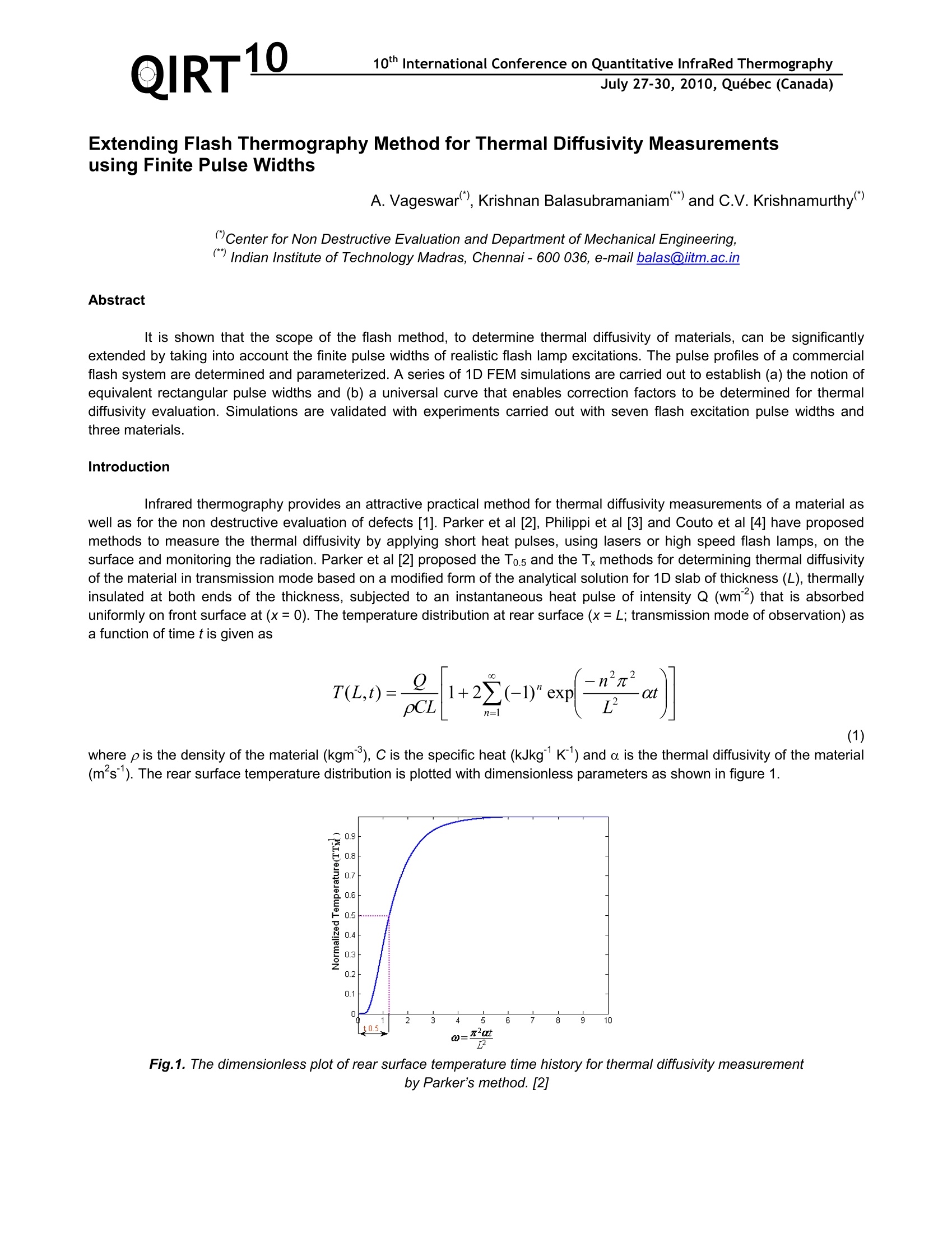
-
2/5
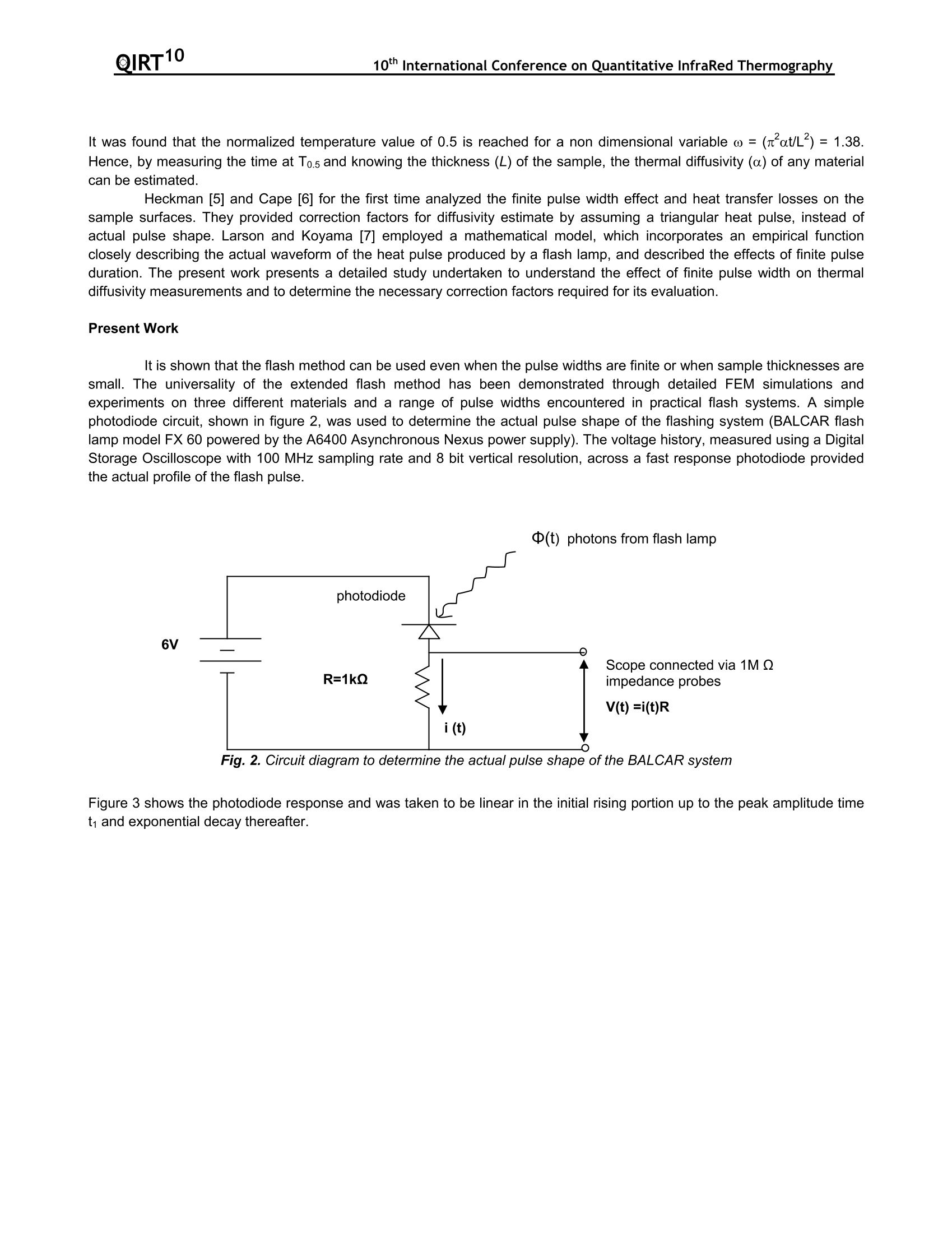
还剩3页未读,是否继续阅读?
继续免费阅读全文产品配置单
上海依阳实业有限公司为您提供《闪光法热扩散系数测试中有限脉宽修正技术研究》,该方案主要用于其他中检测,参考标准《暂无》,《闪光法热扩散系数测试中有限脉宽修正技术研究》用到的仪器有超短脉冲闪光法薄膜热性能测定仪。
我要纠错
推荐专场
相关方案



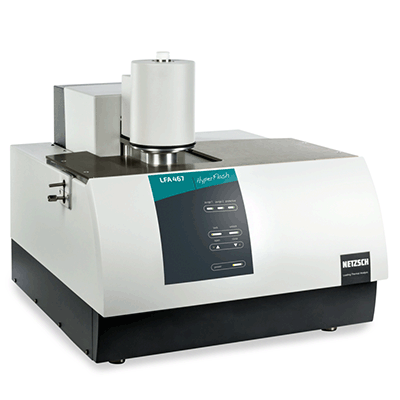
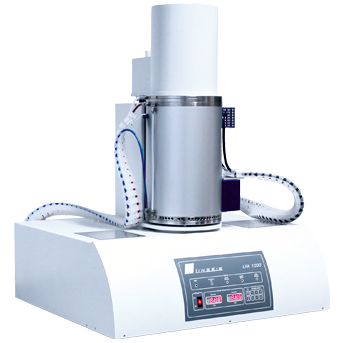
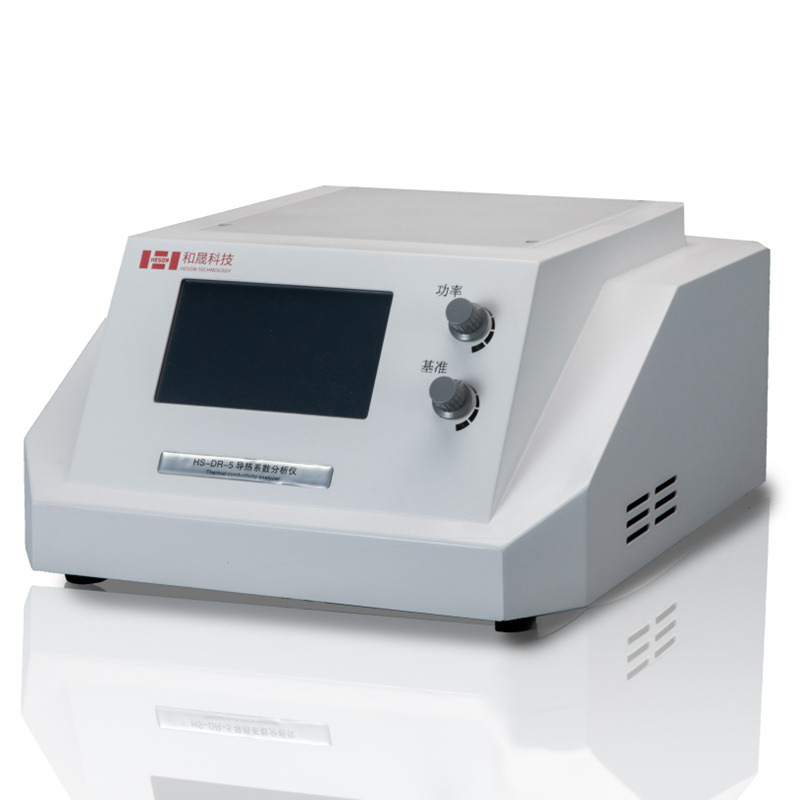
 咨询
咨询